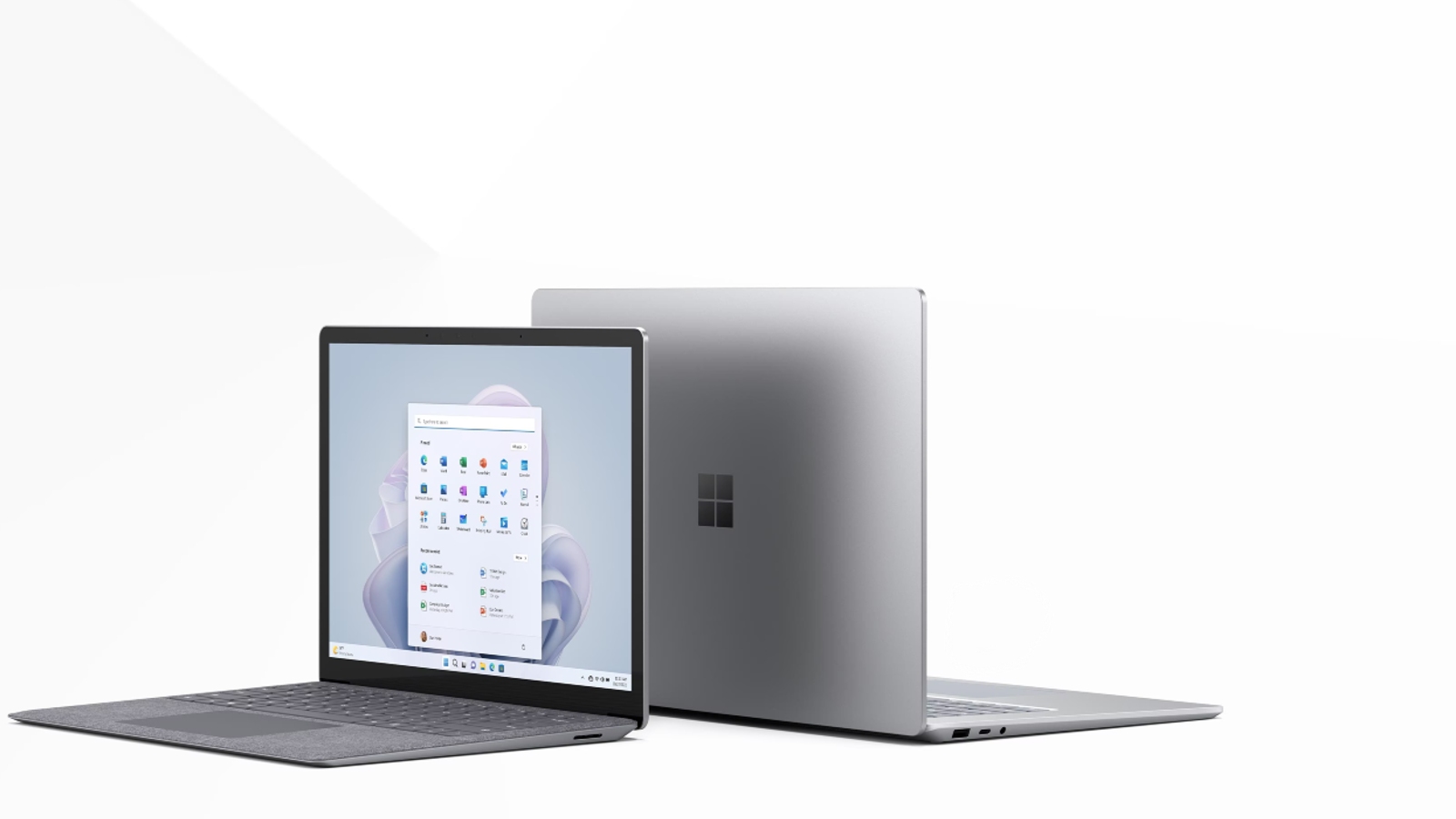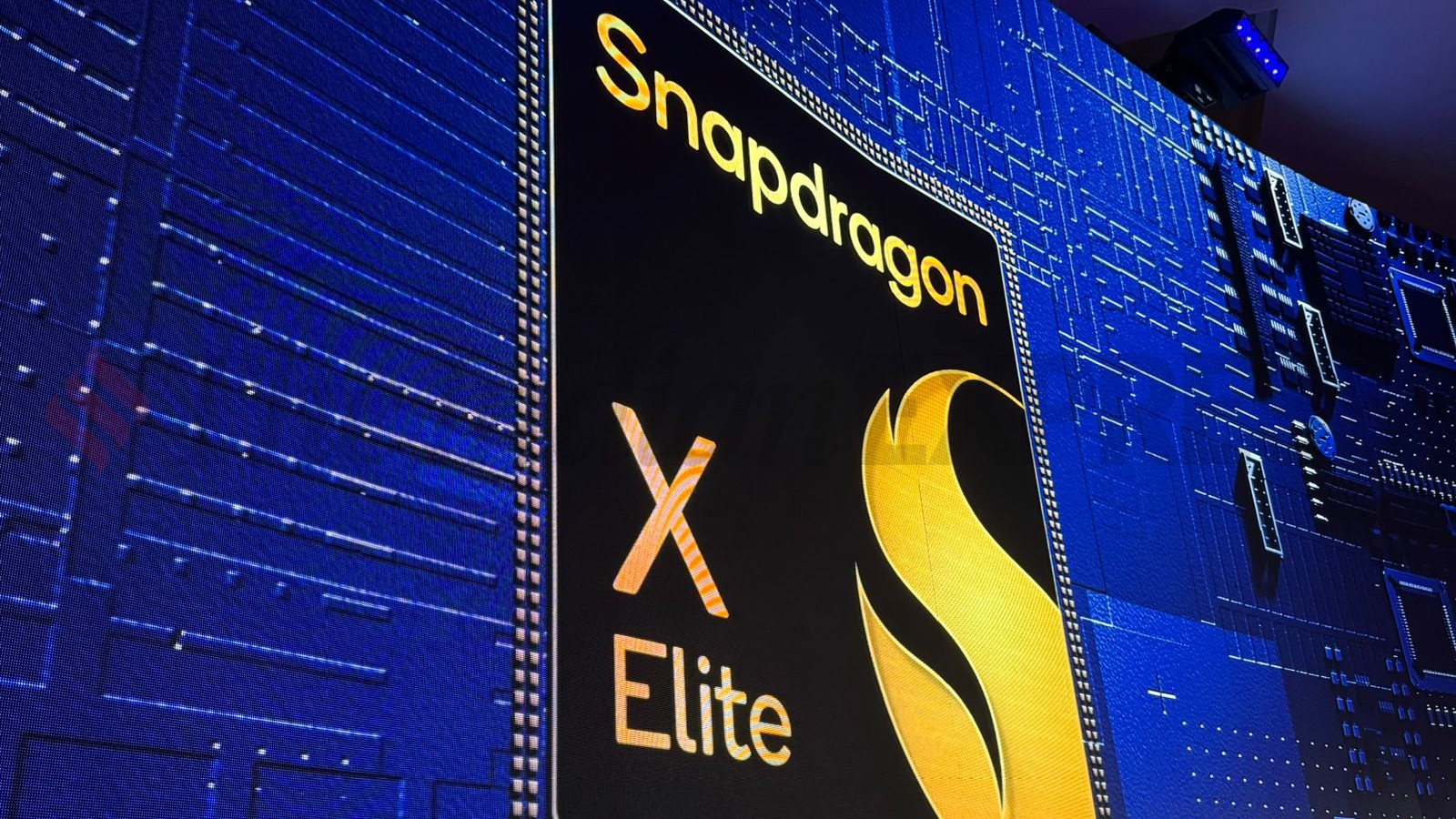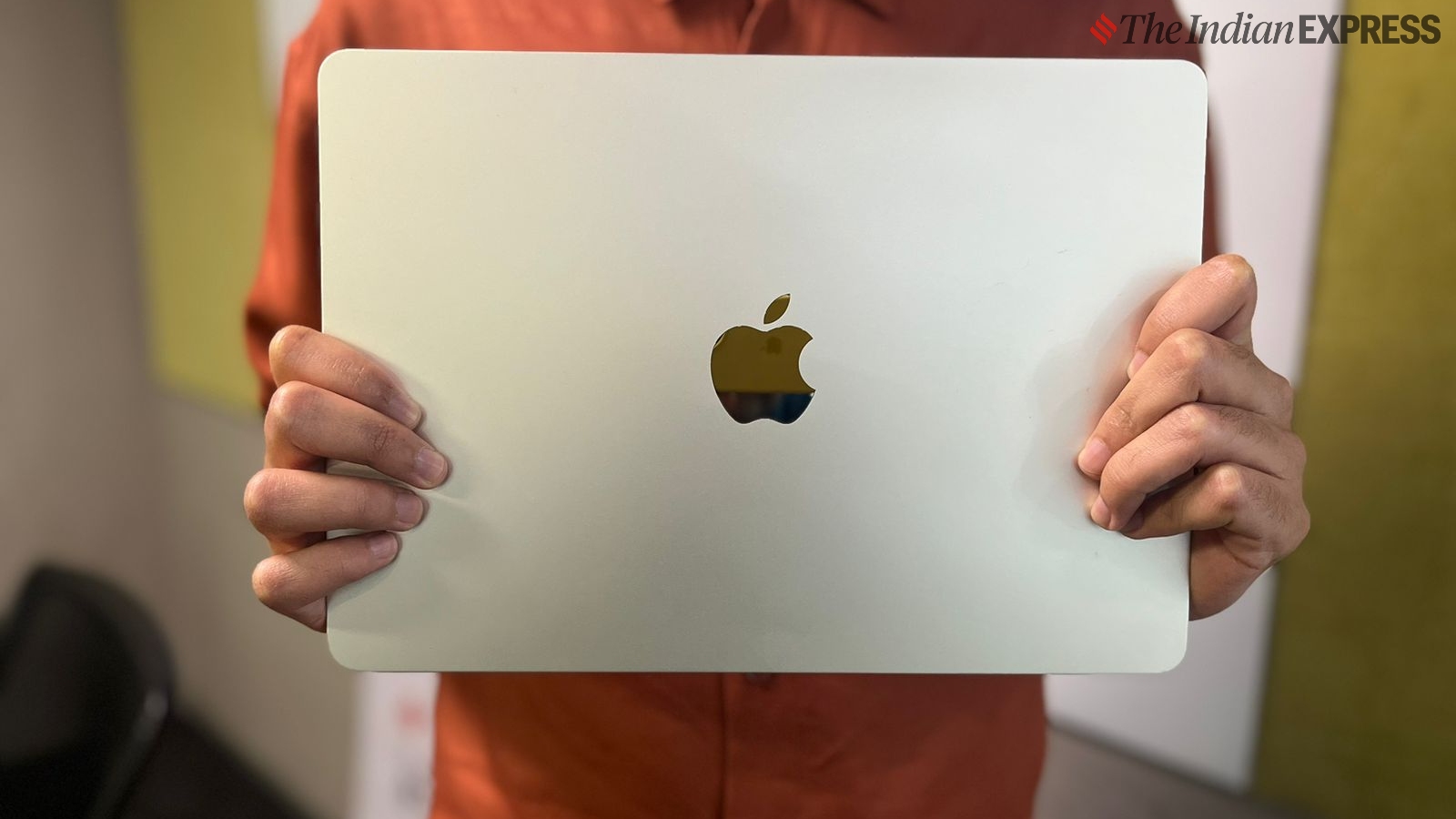ARM-powered Windows PCs on its way. What to expect
More efficient ARM-based Windows laptops are incoming. Here is all you need to know about it.
 Snapdragon X Elite powered laptops are capable of running AI models on-device (Image credit: Qualcomm)
Snapdragon X Elite powered laptops are capable of running AI models on-device (Image credit: Qualcomm)Microsoft, in an event on May 20, is likely to announce its first set of Surface laptops, featuring a Qualcomm Snapdragon X Elite chip. This will mark a significant shift from x86-based PCs to Advanced RISC Machine (ARM)-based personal computing devices. It’s not just Microsoft, several other original equipment manufacturers (OEM) such as Dell, Samsung, and more are likely to join this party by introducing their own ARM-based PCs.
A new era is coming. Find out what’s next on Monday 5/20. pic.twitter.com/yt8J1MWGgV
— Microsoft (@Microsoft) May 17, 2024
At the event, Microsoft is also speculated to introduce new Windows 11 features and highlight how the OS has been optimised to run on the ARM platform. This may include new on-device generative AI features among others.
The first wave of ARM-based Windows PCs are right around the corner
 Microsoft is likely to introduce ARM-based Surface Laptops on May 20 (Image credit: Microsoft)
Microsoft is likely to introduce ARM-based Surface Laptops on May 20 (Image credit: Microsoft)
PCs, for a really long time, have been based on x86 architecture and are mostly powered by either an Intel or AMD CPU. While there have been a couple of ARM-based Windows laptops in the past, they haven’t been successful enough.
However, when Apple ditched Intel in favour of an in-house Apple Silicon for Macs, everything started to look different. An Apple-Silicon-based Mac was not just more powerful, but also more power efficient.
With the in-house chips, MacBooks got thinner, more efficient, and delivered impressive battery life that no Windows laptop can match. This also helped Apple to gain market share. While it’s still well under 10 per cent, the company has shipped a record 4.8 million units of Mac just in Q1 2024, according to a report from IDC, making it the fourth biggest personal computer company in the world.
Meanwhile, Qualcomm, which has a stronghold in the world of Android smartphones, announced a new family of processors – Snapdragon X Elite, for Windows PCs, promising “Game-changing performance and efficiency”. These chips are also said to be “built for AI,” and the first wave of ARM-PCs will be based on these very chips.
The current generation of Windows laptops, especially the high-end machines, are quite powerful. However, they aren’t as efficient as the M3-powered MacBooks. Qualcomm intends to bridge this gap with its latest offerings.
Qualcomm’s Windows laptop processor is more like a mobile chip
 Snapdragon X Elite (Image credit: Qualcomm)
Snapdragon X Elite (Image credit: Qualcomm)
Qualcomm’s Snapdragon X Elite chips are a lot different from typical computing solutions from Intel or AMD. The Snapdragon’s offerings are quite similar to what one could find on a smartphone.
The Snapdragon X Elite chips offer up to 12 CPU cores with up to 4.2 GHz clock speed along with integrated graphics. It offers an NPU for AI processing, which can offer up to 45 TOPS of performance. It also comes with an integrated ISP (image sensing processor), and a modem with 5G networking capabilities. The entire solution, in a single chip, means the computing will be more efficient, which according to Qualcomm, is faster than Apple’s M3 by 28 per cent.
What does this mean for Windows laptops?
 A reference laptop design with a Snapdragon Elite X chip (Image credit: Qualcomm)
A reference laptop design with a Snapdragon Elite X chip (Image credit: Qualcomm)
This simply means that Windows laptops are going to get more efficient at computing. They are also expected to get a lot thinner and more compact. We could even expect laptops with a passive cooling solution, similar to the MacBook Air M3.
With a built-in modem and ISP, these laptops are likely to deliver better image/video quality, and with the 5G modem, anyone can access the internet almost anywhere. Lastly, the upcoming ARM-based Windows laptops can deliver much better battery life even with a smaller battery, and these should also be able to offer on-device AI experiences.
Recent leaks from Dell and Samsung corroborate these features. The upcoming ARM variants of their popular models appear significantly more compact than their x86 counterparts.
Are there any downsides to ARM-PCs?
 The M13Air’s premium build, blazing-fast performance, and 1080p webcam make it the obvious choice for most people.(Image credit: Anuj Bhatia/Indian Express)
The M13Air’s premium build, blazing-fast performance, and 1080p webcam make it the obvious choice for most people.(Image credit: Anuj Bhatia/Indian Express)
Yes, and one prominent downside is how developers will react to it. Apple’s transition from Intel to Apple Silicon worked flawlessly since Apple was able to convince developers to build native ARM apps, and everyone almost knows that ARM is the future of Macs. The same cannot be said about Windows. Most of the first-party and third-party apps for Mac are not natively built for ARM.
While some developers might get on board with Microsoft to ship software coded for ARM architecture, to run some of the legacy apps, the system will need an emulator like Apple’s Rosetta 2, which, during the early transition, allowed users to run apps built for Intel on Apple Silicon Macs.
In the case of PCs, Microsoft has stated that Windows 11 is ready for the ARM platform with new features like AI Explorer. However, if the emulator that translates x86 programs to ARM isn’t as efficient as Rosetta, it could end up losing all the performance and efficient gains. And not to forget, Windows will probably remain an x86 dominant platform for the foreseeable future, as giants like Intel and AMD continue to invest in the same. Hence, a PC software developer might have to build two versions of a single app for a single platform.
What will happen to gaming PCs?
Considering the recent development, more game developers are likely to code their titles in ARM, and it has already happened with select titles like Resident Evil Village, which one can run on the iPhone 15 Pro and select models of the iPad Air/Pro. Again, to run an older game, one might need an emulator like Rosetta 2.
Get ready to pay more
If you are looking for a new Windows PC and waiting for the ARM-based devices to roll out, you might have to shell out a lot more money. The first set of ARM-based Windows PCs are likely to be on the expensive side, and for this technology to trickle down to entry-level devices, it might take a few years.
Unlike Apple, which completely transitioned into ARM in just a couple of years, in the world of Windows PCs, both x86 and ARM-powered machines are likely to co-exist, each one catering to different use cases.







